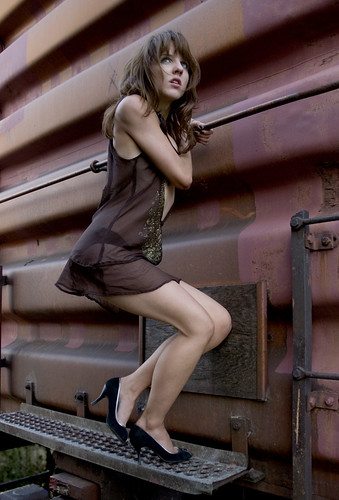
The Strand opened in the mid-1920s and became the home of the Ripley's Believe It Or Not Odditorium in 1993.
The theater was sold in December 2001 and closed in April 2002. It has since become the another branch of the Walgreens pharmacy empire.
Many of the historic elements of the theater will be saved, however, including its facade, marquee, various aspects of the interior, the lobby tile, marble stairs, and wood floors.

This is a great 'train ride' through time.
They'll take you back to the days before civilization when fierce Indians left their enemy's bones to bleach in a tropical wilderness naming the island Bone Key.
Explore a lush, tropical island, and discover the charm and grace of one of
Get to know characters like John James Audubon, Ernest Hemingway, and Harry S. Truman and, like them, become captivated by the magic that is
You'll even stop at the ice cream shop for a single scoop cone or a refreshing lemonade to cool you off!

At night, Duval is a carnival that lasts until dawn and beyond.
At the north end, tourists from the cruise who dock at the Hilton harbor complex are often seen traversing
At the south end of

What is a conch house?
Early settlers of the

Direction signs in the old harbor of Key West are showing you the way to any destinations that you can think about.















0 comments:
Post a Comment